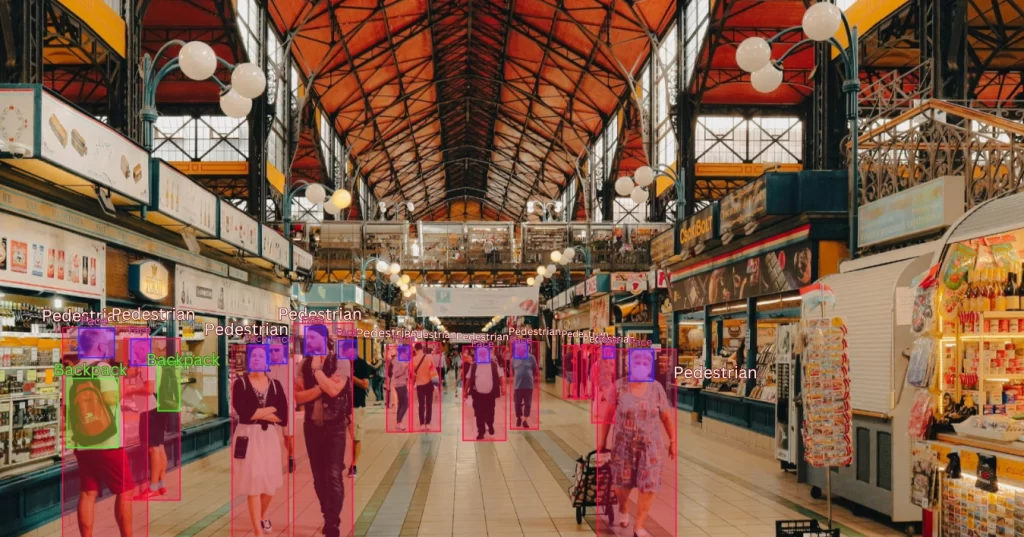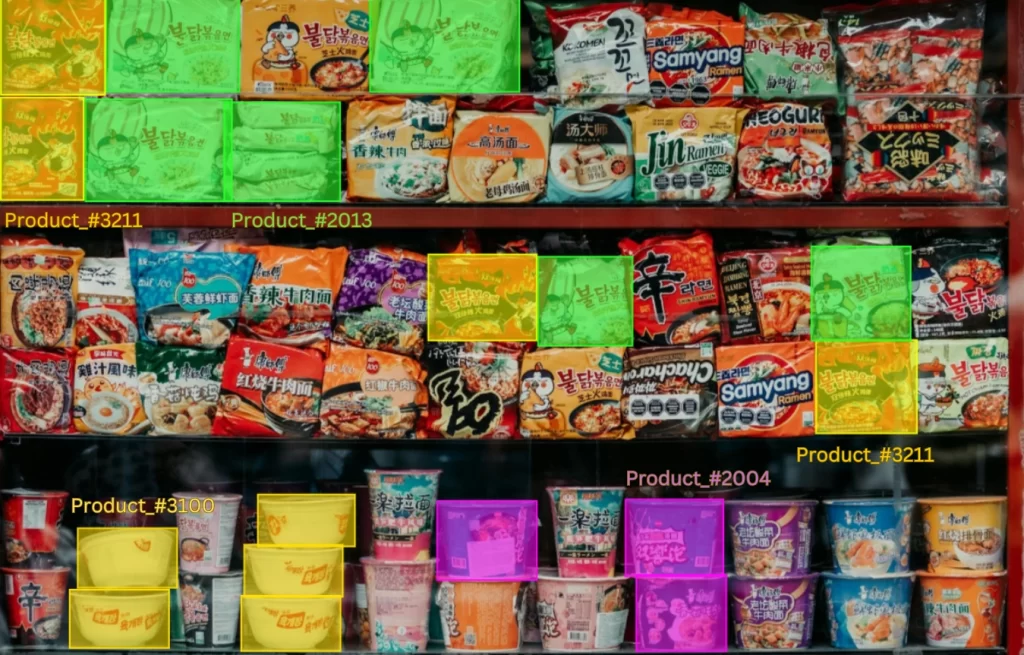Use cases in Retail Industry
Emotion and Movement Detection for Enhanced Shopping Experience
In modern shopping malls, advanced surveillance systems detect customers’ emotions and movements to create a personalized and secure shopping experience. By analyzing facial expressions and body language, these systems can identify shoppers’ moods, such as satisfaction, confusion, or frustration, enabling store staff to offer timely assistance or personalized recommendations. Additionally, movement detection monitors foot traffic patterns, helping mall management optimize store layouts and identify popular areas. This technology enhances customer engagement, improves service quality, and supports efficient store operations, providing a seamless and satisfying experience for shoppers.


Smart Security Surveillance for Shopping Malls
Smart security surveillance in shopping malls leverages advanced facial recognition and object tracking technology to enhance safety for both visitors and staff. Upon entry, cameras detect and analyze visitors’ faces while tracking any items they carry, such as bags or packages. This intelligent system continuously monitors movement and analyzes behaviors to identify any potential security threats. If suspicious activity or restricted items are detected, the system immediately alerts security personnel for prompt intervention. By providing real-time monitoring and a quick response mechanism, this smart surveillance solution ensures a secure and welcoming environment within the mall.

Automated Product Detection for Efficient Superstore Management
In today’s superstores, automated product detection systems streamline store management by accurately tracking inventory and monitoring product placement. These systems use image recognition to detect items on shelves, ensuring that stock levels are maintained and popular products are restocked promptly. By analyzing which products customers interact with most, store managers gain insights into consumer preferences and optimize product arrangements. This technology not only improves operational efficiency but also enhances the shopping experience by ensuring that popular items are readily available, ultimately supporting a well-organized and customer-friendly store environment.

